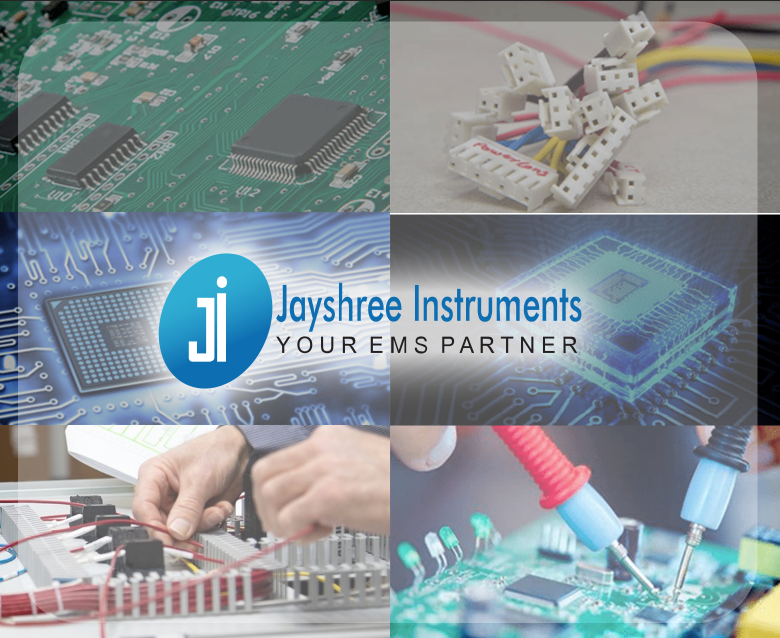Printed circuit boards (PCBs) use two basic types of constituents which are Surface Mount (SMT) and Through-Hole Technology (THT). As Surface Mount is more dependable and less costly than Through Hole, it is utilized more often in PCB assembly services. However, Through Hole Technology offers unique benefits that guarantee its continuous applicability for a long time to come. We will discuss and compare both the technologies in this article so that you can decide which is better.
Surface Mount Technology (SMT)
Surface Mount Technology (SMT) is the process of physically attaching electrical components to a printed circuit board’s surface. SMT has been widely used in the production of almost all electrical devices since it first gained popularity in the 1980s. SMT is now a crucial part of PCB design due to improved performance and dependability of printed circuit boards, as well as reduced handling and processing expenses.
With SMT, the components are soldered straight onto the board rather than having holes drilled in it. Additionally, SMT components fit on both sides of the board and are smaller. Denser, stronger, and more efficient PCBs have been made possible by the ability to hold more constituents on a PCB.
Advantages of SMT:
- increased productivity in manufacturing.
- increased adaptability in design.
- improved electronic component performance.
- smaller for electronic gadgets.
- design that complies with EMC.
- Auto-placement is automatically corrected.
- lower total cost.
- reliable performance even when there is shaking.
- Reduced waste
- shorter lead time.
Disadvantages of SMT:
- Problems occur when exposed to harsh environments,
- insufficient defense against environmental and thermal stress.
- Not appropriate for testing small circuits.
- challenging to examine.
- Damage to components is more likely.
- There is less power available.
- more costly to produce in tiny quantities.
Through Hole Technology (THT)
During the through-hole mounting process, component leads are inserted into the holes drilled in a basic PCB . Through-hole technology was the industry standard configuration approach prior to the introduction of SMT in the 1980s. Many people think that THT will become outdated since Surface Mount is more cost-effective and efficient.
The Through Hole approach has proven to be helpful in the era of SMT, offering a variety of advantages and specialized implementations, despite its gradual decline in ratings. The most significant benefit of through-hole technology is its durability, and annular rings currently provide a long-lasting connection.
Advantages of THT
THT is perfect for mechanically stressed components like transformers and connectors because it provides better mechanical connections than SMT. Soldering components by hand is made easier by the wide spacing between the holes. THT components are also readily interchangeable, which makes them perfect for testing and prototyping. THT components work best in long-lasting goods that need strong interlayer bonds.
Compared to SMT components, which are solely secured in place by solder on the board’s surface, THT connections allow constituents to withstand greater environmental stresses. As a result, the technique is widely used in aerospace and military goods that are exposed to severe temperatures, vibrations, or tremendous thrust.
Disadvantages of THT
Using Through Hole requires drilling holes in the bare PCB, which is expensive and time-consuming. Because the drilled holes must pass through every layer, THT further limits the configuration area that may be accessed on multi-layered boards. THM is extremely expensive for the majority of applications since its individual configuration levels are significantly lower than those of surface mount.
Also, compared to SMT’s reflow ovens, THT requires the use of wave, selective, or manual soldering techniques, all of which are notably less reliable and efficient. Most significantly, SMT only requires soldering on one side of the board, whereas THT requires soldering on both sides.
Which is better?
It can be difficult to choose the best setup technique to make your board come to life. Surface mount technology is used by more than 90% of PCB design services India nowadays. Overall, surface mounting outperforms through-hole technology in terms of pricing and efficiency. It allows for a high component density and provides a lightweight architecture.
However, THT mounting will remain necessary due to special mechanical, electrical, and thermal implications, guaranteeing its continuous relevance for some time to come.







Recent Comments